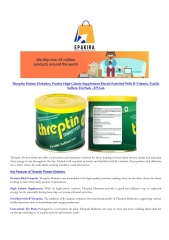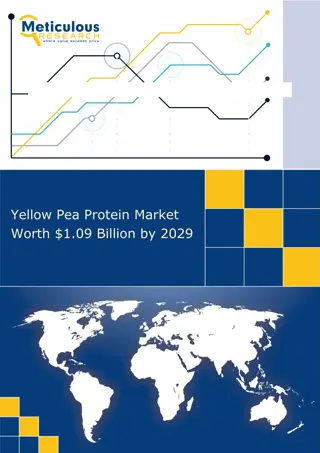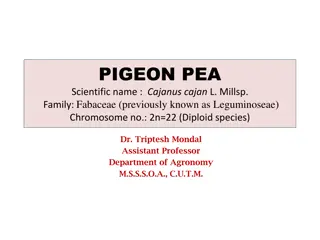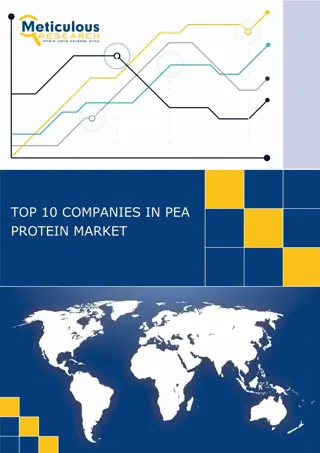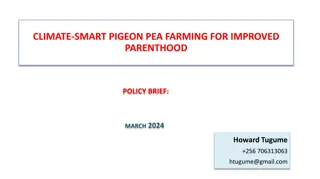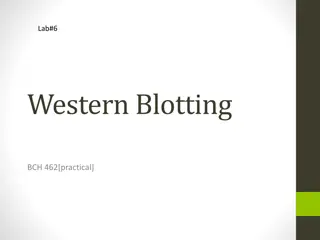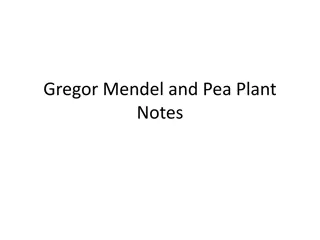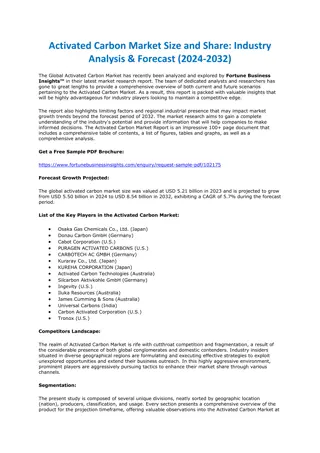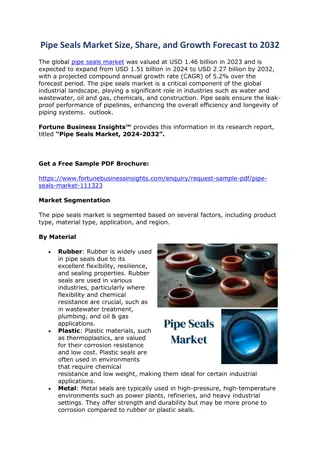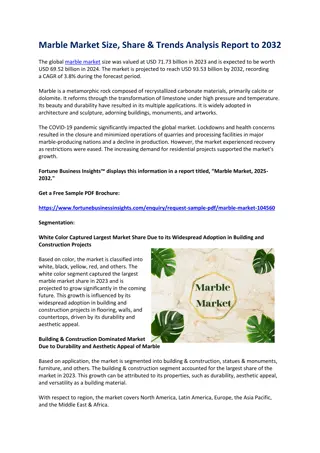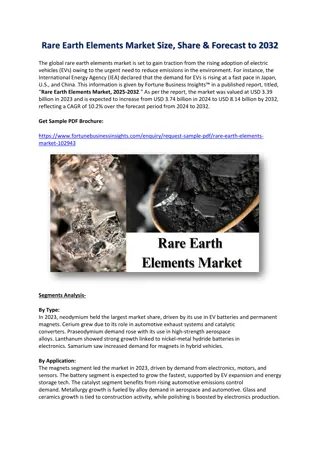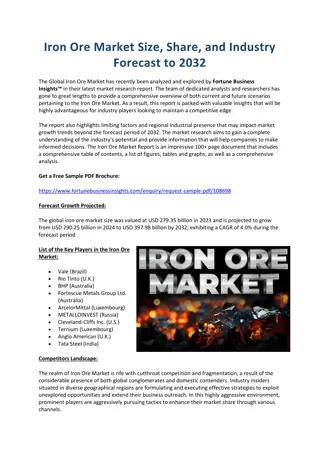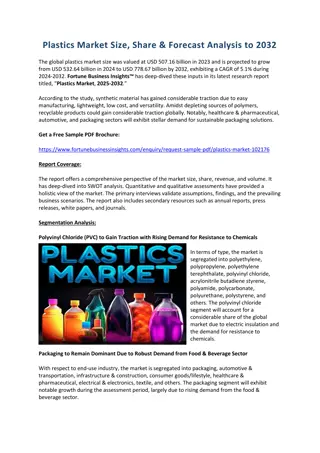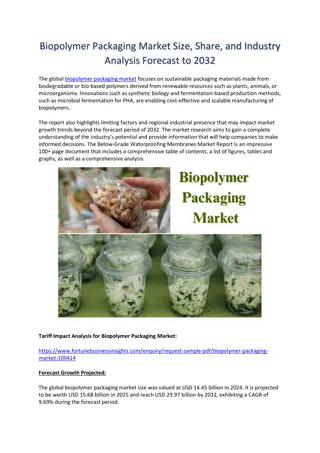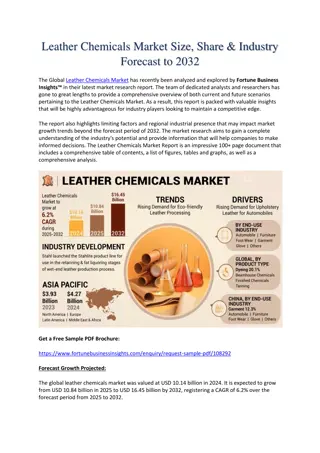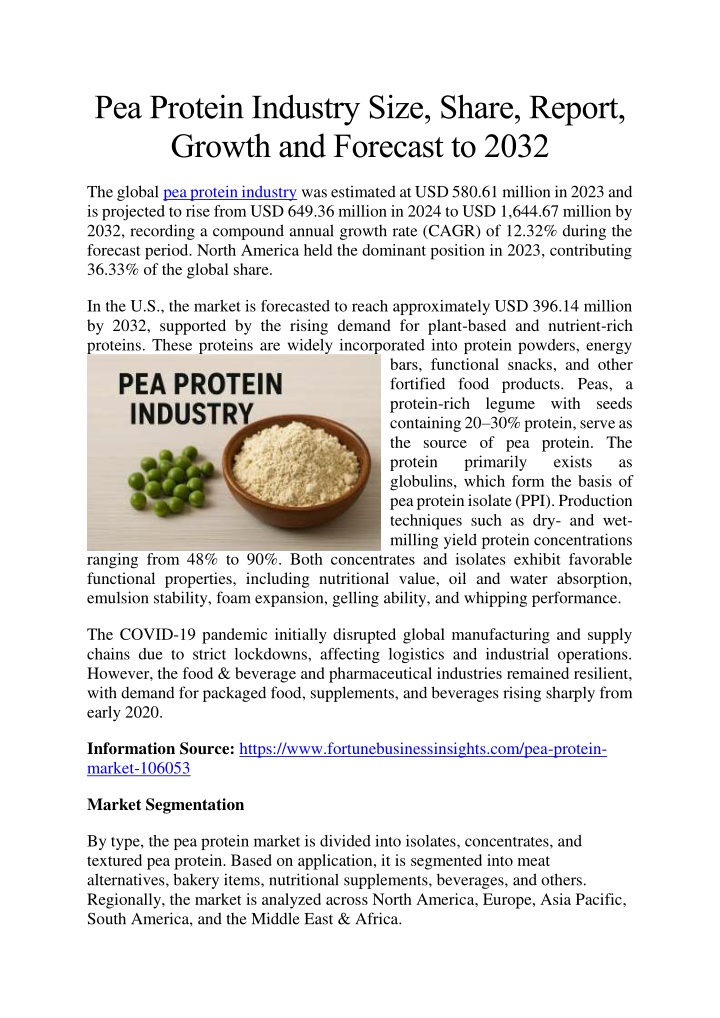
Pea Protein Industry Size, Share, Report, Growth and Forecast to 2032
The global pea protein industry was estimated at USD 580.61 million in 2023 and is projected to rise from USD 649.36 million in 2024 to USD 1,644.67 million by 2032, recording a compound annual growth rate (CAGR) of 12.32% during the forecast period.
Download Presentation

Please find below an Image/Link to download the presentation.
The content on the website is provided AS IS for your information and personal use only. It may not be sold, licensed, or shared on other websites without obtaining consent from the author. If you encounter any issues during the download, it is possible that the publisher has removed the file from their server.
You are allowed to download the files provided on this website for personal or commercial use, subject to the condition that they are used lawfully. All files are the property of their respective owners.
The content on the website is provided AS IS for your information and personal use only. It may not be sold, licensed, or shared on other websites without obtaining consent from the author.
E N D
Presentation Transcript
Pea Protein Industry Size, Share, Report, Growth and Forecast to 2032 The global pea protein industry was estimated at USD 580.61 million in 2023 and is projected to rise from USD 649.36 million in 2024 to USD 1,644.67 million by 2032, recording a compound annual growth rate (CAGR) of 12.32% during the forecast period. North America held the dominant position in 2023, contributing 36.33% of the global share. In the U.S., the market is forecasted to reach approximately USD 396.14 million by 2032, supported by the rising demand for plant-based and nutrient-rich proteins. These proteins are widely incorporated into protein powders, energy bars, functional snacks, and other fortified food products. Peas, a protein-rich legume with seeds containing 20 30% protein, serve as the source of pea protein. The protein primarily globulins, which form the basis of pea protein isolate (PPI). Production techniques such as dry- and wet- milling yield protein concentrations exists as ranging from 48% to 90%. Both concentrates and isolates exhibit favorable functional properties, including nutritional value, oil and water absorption, emulsion stability, foam expansion, gelling ability, and whipping performance. The COVID-19 pandemic initially disrupted global manufacturing and supply chains due to strict lockdowns, affecting logistics and industrial operations. However, the food & beverage and pharmaceutical industries remained resilient, with demand for packaged food, supplements, and beverages rising sharply from early 2020. Information Source: https://www.fortunebusinessinsights.com/pea-protein- market-106053 Market Segmentation By type, the pea protein market is divided into isolates, concentrates, and textured pea protein. Based on application, it is segmented into meat alternatives, bakery items, nutritional supplements, beverages, and others. Regionally, the market is analyzed across North America, Europe, Asia Pacific, South America, and the Middle East & Africa.
Report Highlights The study covers recent industry developments, including partnerships, acquisitions, joint ventures, and innovation-driven initiatives. It also reviews product innovations and assesses how the post-pandemic landscape continues to shape business performance. Key Drivers and Challenges Growing Health Awareness Accelerates Demand The increasing adoption of protein-rich diets for better immunity and overall health is a primary factor driving growth. In Europe, the expanding vegan and vegetarian population is fueling demand for pea-based protein solutions. Additionally, growing recognition of the nutritional and functional benefits of plant-derived proteins is accelerating market penetration. On the other hand, digestive concerns linked to pea protein consumption may present challenges to wider acceptance. Regional Insights North America Leads the Market North America continues to dominate due to strong demand for protein-rich cereals, snacks, and health-focused food products. Ongoing product innovation and the presence of key market players further reinforce regional growth. In Europe, growing health consciousness and the rising adoption of plant-based diets are major growth factors. Countries with expanding vegan populations are significantly contributing to the market s rapid expansion. Competitive Landscape Innovation and Partnerships Strengthen Market Position Major companies are investing in collaborations, partnerships, and acquisitions to broaden their market presence and respond to shifting consumer needs. Product diversification and innovation remain critical strategies for catering to different dietary demands. Key Players in the Pea Protein Market: Roquette Fr res (France) Burcon Nutrascience Corp (Canada) The Scoular Company (U.S.)
DuPont (U.S.) Cosucra Groupe Warcoing (Belgium) Nutri-Pea Limited (Canada) Shandong Jianyuan Group (China) Kerry Inc. (Ireland) Sotexpro SA (France) Puris Protein LLC (U.S.) Get Sample PDF Brochure: https://www.fortunebusinessinsights.com/enquiry/request-sample- pdf/pea-protein-market-106053 Recent Development: March 2020 Burcon Nutrascience Corp received a Letter of No Objection from the U.S. FDA for its pea protein ingredients, Peazazz and Peazac. This regulatory approval allowed their use in a broad range of food and beverage applications globally.

